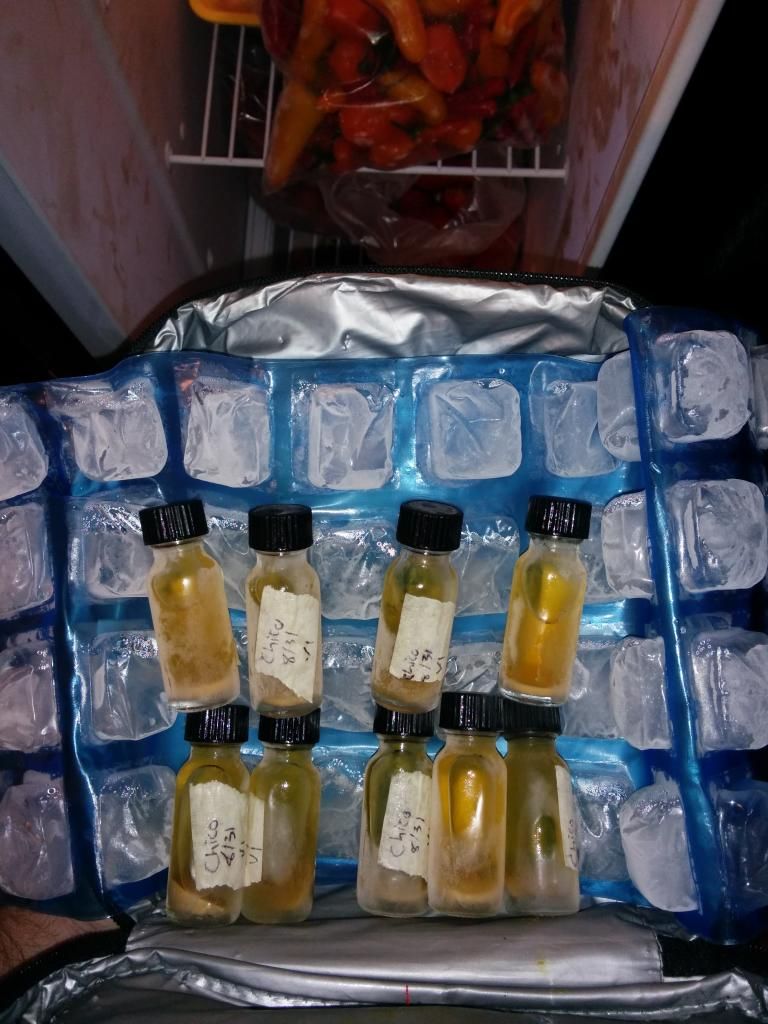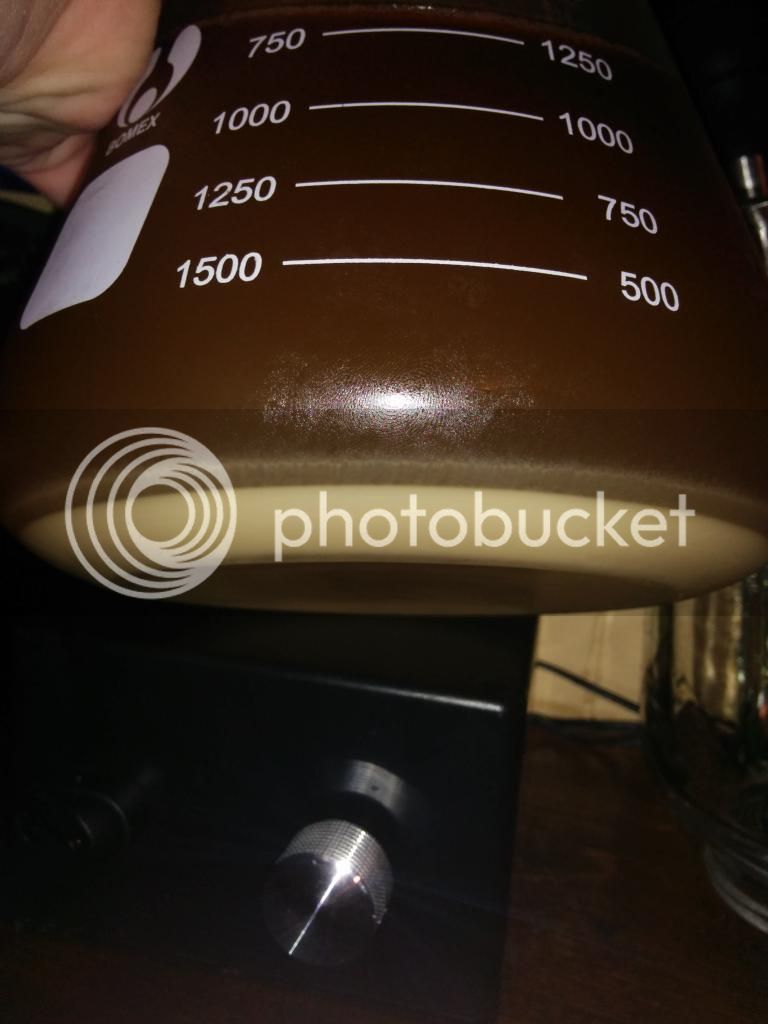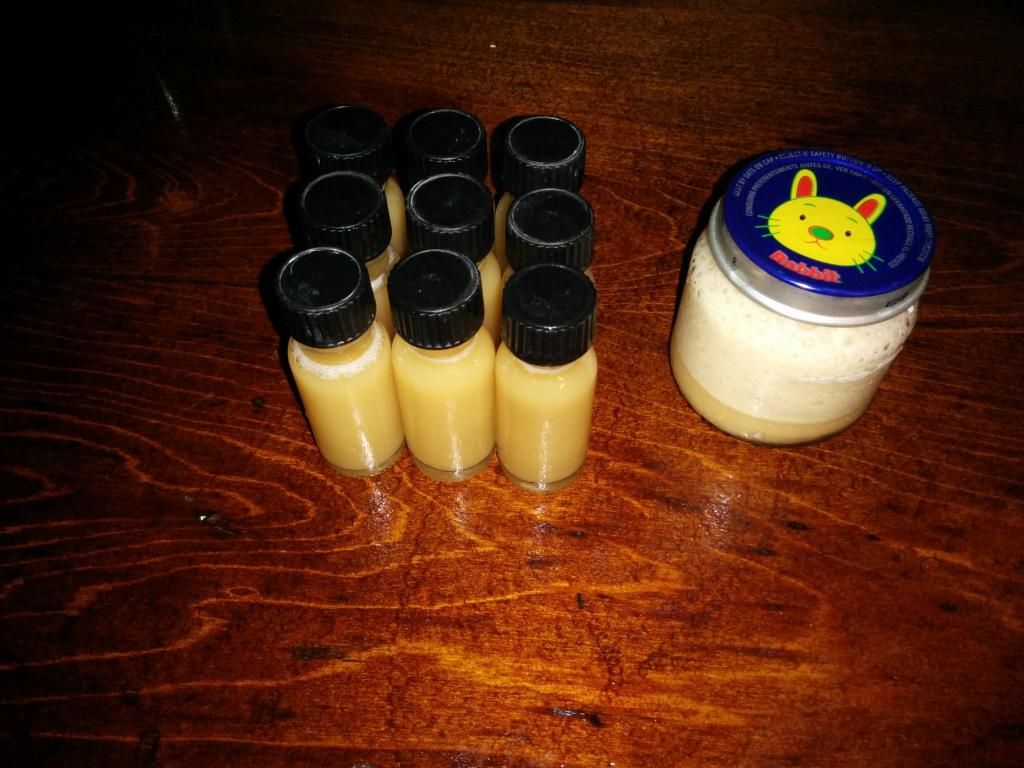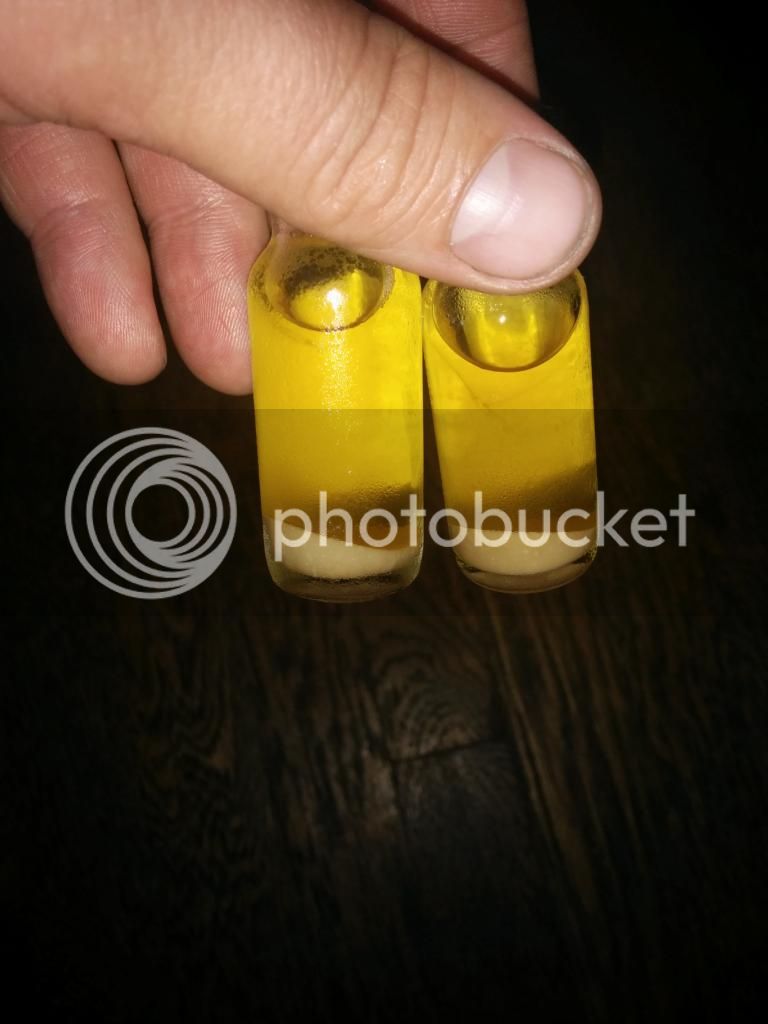***YAAWN*** ***STRETCH***
I just read the whole thread! My equipment is here, and I'm ready to start my own yeast bank. Thanks to everyone who contributed!!
Since a lot of people say that they do not read the whole thread, here is a summary of what I learned. This may be useful for others. Make sure to read the first few posts with the excellent details first!
I AM NOT AN EXPERT ON THIS - I am just summarizing all these pages. Here is the summary
Why bother with freezing yeast?
:smack:
try this instead
Tubes:
- Get glass or polypropylene, both of which are autoclavable. In the US go to cynmar.com.
- size doesn't really matter - head space isn't an issue, get what's cheap and is large enough. Larger tubes let you make larger stores which may improve results, but that would take more yeasties per vial.
- if your caps, inserts, or vials melt or change color during the pressure cook, may not be the best plan to use them
Sterilization:
- chemical sterilization (e.g., star san, iodophor, etc) is bad, mmm-kay? That inevitable tiny blot of bacteria with 5000 cells can't compete with a healthy full pitch of yeast (slap pack, starter -> wort), but that same blot will take over your 10ml of yeast waking up from sleep
- some use the oven but there isn't consensus on that one.
- you can try
tyndallization but its efficacy is debated and its a pain
- sanitation == clean enough to have good beer but still has bugs. Sterilization == no bugs (or spores, etc.)
- you need an autoclave or a pressure cooker that goes to 15 psi to be sure. Boiling in water is pretty sanitary, but not sterilized, it's too cold.
- sterilization is limited by the weakest link. If you use sterilized tubes, caps, baster, but freeze with washed yeast slurry instead of fresh yeast, you may get issues (but is better than not sterilizing!). If you use un-sterilized wort to build a starter, same issue.
- sterilization is less important as you go further through the process since your yeast get healthier and more abundant. Don't bother autoclaving your carboy.
- remember to try and clean the outside of tubes well, e.g., with a sanitizer, prior to opening just in case, but remember it doesn't kill everything.
- yes, your glycerol needs to be sterilized. food-safe isn't sufficient.
Glycerine / Glycerol
- same thing!
- USP is what you want. Food or pharmaceutical safe.
- commonly used as a skin moisturizer so watch for additives such as scents, etc.
- some use non-USP stuff and argue that it doesn't matter given how little ends up in the final beer.
- search amazon, wal mart et al.'s cosmetic isle, your pharmacy
Help! It's frozen / crystallized / separated
- it still freezes even with glycerol, depending on your fridge, ratio, etc., this is OK
- the yeast absorb glycerol into them which prevents rupturing. Mixing is to give yeast access, not only to pad them with glycerol. Separation is ok.
- they separate in random ways, doesn't seem to matter.
You can do cool things to shake better.
How long does it last
- *shrug* - a year should be no problem? Highly variable.
How many generations?
- don't worry about it. look at it differently. Generation 1, you get 5 vials. Each time you grow one, you get 5 more -> 5*5 = 25 generation 2 vials. And on 3rd generation, 125 vials. :rockin:
- mutations are not a problem, as the chance of a mutation is high, but the chance of a mutation that sticks around AND makes an off flavor is very low
- bacteria grow exponentially. You miss just a measly 1000! and they double each generation! 1000->2000->4000->8000->16000->32000->64000.. you get the point. You are not perfect, and you are growing bacteria, too. More generations means more bacteria
- no hard rules. Some people pick 5 as a magic number, some wait until it tastes bad
Counting the yeast
- too many variables. Unless you have the right equipment, give up.
- you won't likely over pitch. Build up your starter (e.g., as below) to volumes you usually use and assume it works.
I want more detail! I'm a pro!
- read the previous 75 pages
-
Yeast: The Practical Guide to Beer Fermentation
-
First Steps in Yeast Culture Part One
What ratio of slurry to glycerine?
- no best answer
- some use 15-30% glycerol:slurry
- some use 1 part glycerol, 1 part water, 2 parts slurry (25%, 25%, 50%)
- some use 50% glycerol:slurry as it lowers the freezing point
- the freezing point of water/glycerol mixes
is crazy and not intuitive.
PROCEDURES
A good procedure sheet.
Determine your target ratio glycerol and your target ML of yeast slurry. E.g., say I want 15ml of slurry per vial, and 20% glycerol:slurry, then I need target / (1- target) * slurry_ml of glycerol. In this case, .2 / (1-0.2) * 15 = 3.75ml of glycerol. I'd round up to 4ml of glycerol per vial.
Sterilizing
- use a pressure cooker / canner as per above.
- put your x ml of glycerol in each tube. You can measure the total amount in a single vessel and then distribute evenly, it's easier
- cap VERY loosely - so that air can get in and out - and place in a beaker, then in the pressure cooker. The glycerol won't evaporate
- place all items in the cooker including your pipette, starter vessel, etc. Sterilize (boil at full pressure for at least 20 min), and let it cool.
- cap tightly if the vials are not used immediately, but be warned that the outsides / caps / etc. will not be sterile soon
Freezing
- have a good batch of yeast. Either prepped washed yeast (see above! Not the safest!), yeast out of a slap pack, or built up from dry or liquid using sterilized wort and containers.
- measure out your amount of slurry into each vial. cap as you go
- mix the glycerol and yeast together by shaking
- label the vials! Strain, date, generation, notes, etc.
- place in the refrigerator for 48 hours to let the yeast acclimate and absorb the glycerol. Shake every now and then to ensure a good mix.
- place in freezer. If you have an auto-defrost, place the vials in some kind of insulating pack (e.g., kid's lunch bag with ice packs inside) to minimize temperature fluctuation.
Thawing
- make sure to leave several days for this given that you will step up
- quickly warm yeast by placing vial in room temp water (slow freeze, quick thaw!)
- may want to sanitize before opening by dipping it in your chemical of choice
- pitch into sterile starter, try not to step up more than 10x volume. In this case, with 15ml of slurry, even a 150ml micro starter wouldn't be a bad start, but many will start with a cup. Smaller starters help alcohol levels rise quickly to give better protection.
- step your starter up as usual and pitch!
- usual starter protocols are very important - aeration, nutrients, etc.
Whew! I hope this helps someone, it sure helped me clear my brain.. Please point out the errors or omissions and I can fix it.









